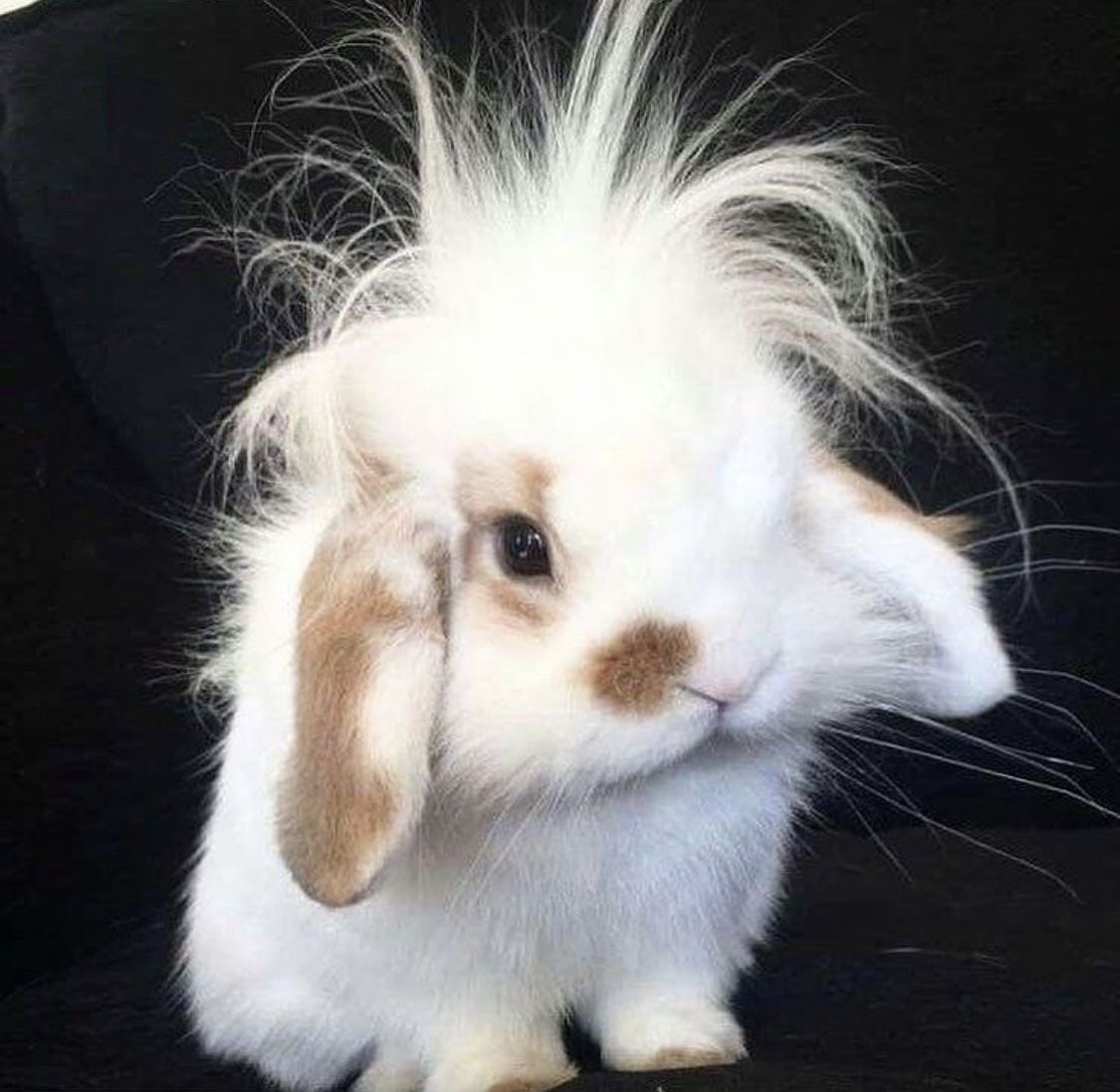ppe rev
Cards (19)
- (23) reason why carbon monoxide is difficult to detect [1]
- (23) explain why water vapour and and NOT liquid water is produced when diesel burns [2]
- (23) chromatography involves a mobile phase. what’s the other phase? [1]
- (23) why do the substances in the mixture separate in the mobile phase? [1]
- calculate the Rf value of blue. [2]
- • identify the colours from their Rf values. [6]
- (23) Describe how crude oil is separated into fractions. [4]
- Describe a test to identify the gas produced in the reaction
- Describe a test to confirm that distilled water is pure [2]
- Describe the problem each error would cause [4]
- (22) Give two conclusions the student can make from Figure 2 about the four colours in the brown ink. [2]
- (22) Why was the green colour still on the start line at the end of the experiment? [1]
- (22) What type of variable is time in this reaction? [1]
- (22) What is the name of the alkane in Figure 6?[1]
- (22) what is a hydrocarbon [1]
- (22) Explain why one of the products of cracking is in high demand [2]
- Explain the main changes in the amounts of nitrogen and oxygen in the Earth’s atmosphere. [4]
- Suggest why. [1]
- Describe how bioleaching is used to extract copper from low grade ores [3]
